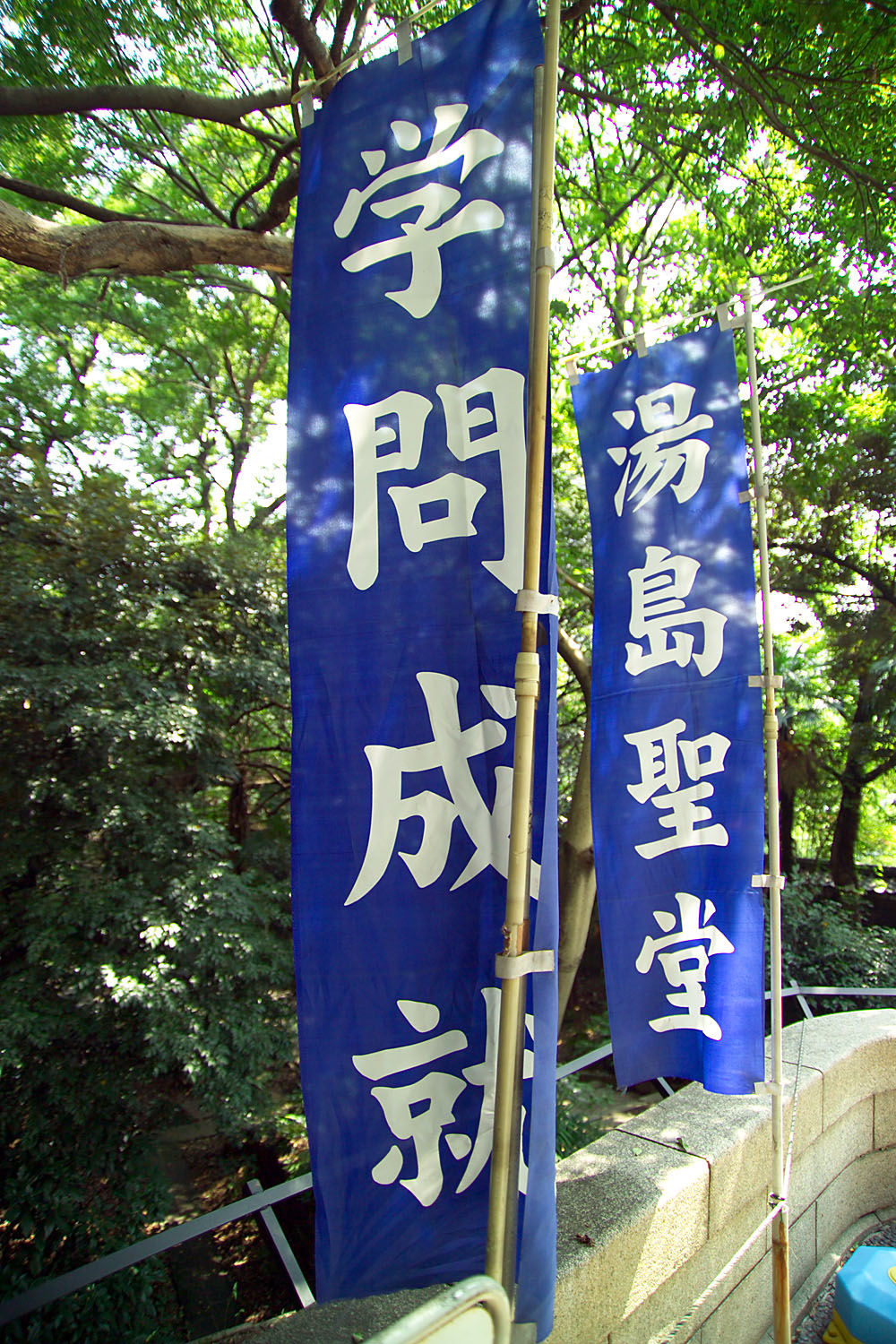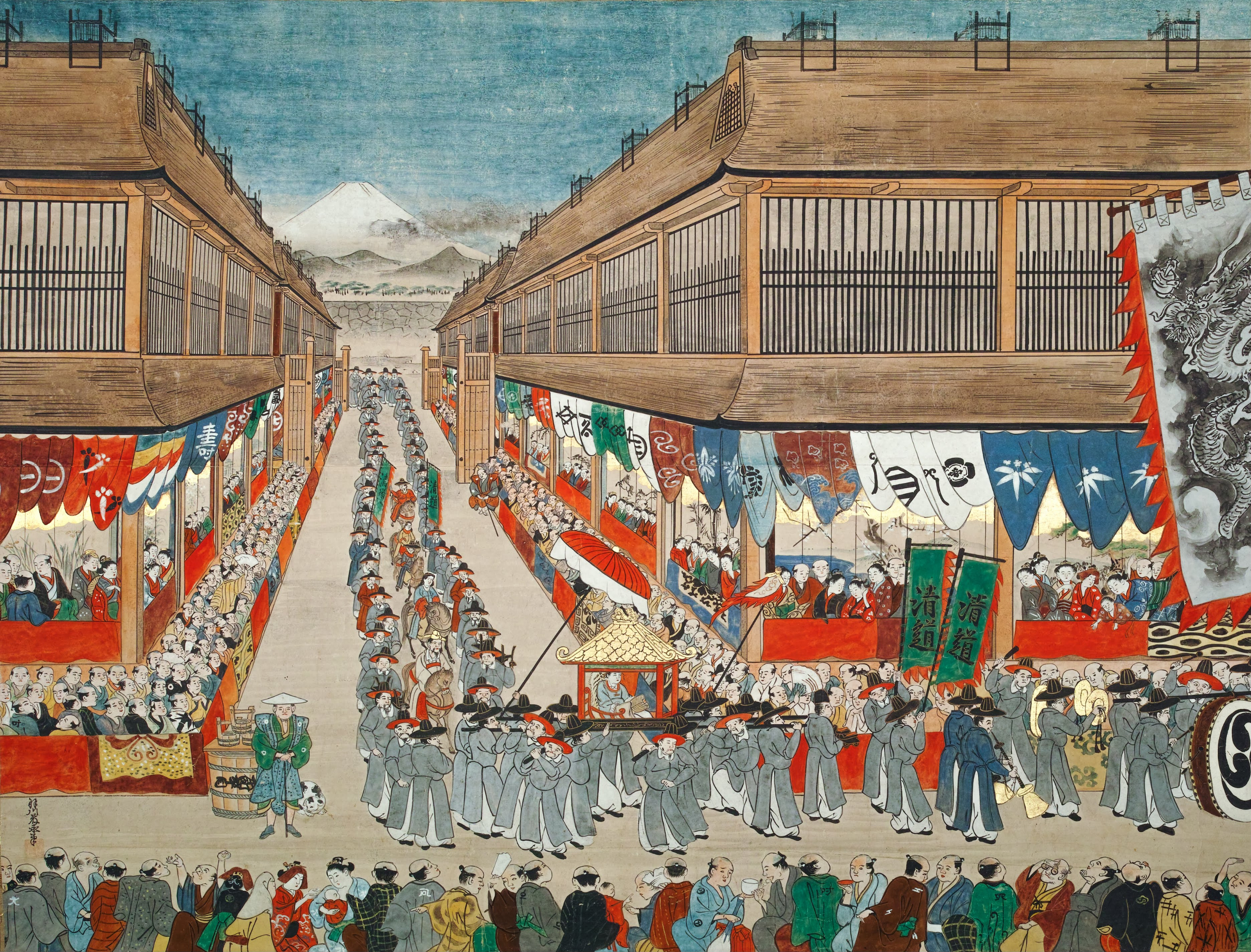|
Pak Tong-chi
Bak Don-ji () was a Korean scholar-bureaucrat, diplomat and ambassador, representing Joseon interests in the '' tongsinsa'' (diplomatic mission) to the Ashikaga shogunate (''Muromachi bafuku'') in Japan.Kang, Etsuko H. (1997)''Diplomacy and Ideology in Japanese-Korean Relations: from the Fifteenth to the Eighteenth Century,'' pp. 34-35./ref> 1398 mission to Japan King Taejo dispatched a diplomatic mission to Japan in 1398–1399. This embassy to shogunal court of Ashikaga Yoshimochi was led by Pak. In part, the envoy was charged with conveying a response to a message sent to the Joseon court by the Japanese ''shōgun''. In part, the Joseon ambassador sought Ashikaga involvement in suppressing pirate raiders which were believed to come from Japan. These pirates were variously known as ''wokou'' (Chinese character: 倭寇; Chinese pronunciation: wōkòu; Japanese pronunciation: ''wakō''; Korean pronunciation: 왜구 ''waegu'').Kangp. 275./ref> Pak and his retinue arrived in Ky ... [...More Info...] [...Related Items...] OR: [Wikipedia] [Google] [Baidu] |
Korea
Korea ( ko, 한국, or , ) is a peninsular region in East Asia. Since 1945, it has been divided at or near the 38th parallel, with North Korea (Democratic People's Republic of Korea) comprising its northern half and South Korea (Republic of Korea) comprising its southern half. Korea consists of the Korean Peninsula, Jeju Island, and several minor islands near the peninsula. The peninsula is bordered by China to the northwest and Russia to the northeast. It is separated from Japan to the east by the Korea Strait and the Sea of Japan (East Sea). During the first half of the 1st millennium, Korea was divided between three states, Goguryeo, Baekje, and Silla, together known as the Three Kingdoms of Korea. In the second half of the 1st millennium, Silla defeated and conquered Baekje and Goguryeo, leading to the " Unified Silla" period. Meanwhile, Balhae formed in the north, superseding former Goguryeo. Unified Silla eventually collapsed into three separate states due ... [...More Info...] [...Related Items...] OR: [Wikipedia] [Google] [Baidu] |
Sangoku Tsūran Zusetsu
by Hayashi Shihei (1738–93) was published in Japan in 1785. This book represents one of the earliest attempts to define Japan in terms of its outer boundaries. It represented a modern effort to distinguish Japan from the neighboring nations. The book describes those three surrounding nations: the Joseon Dynasty (Korea), the Ryukyu Kingdom (Ryukyu Islands/Okinawa) and Ezo (Hokkaido), as well as the yet uninhabited Ogasawara Islands (Bonin Islands).Vos, Ken "Accidental acquisitions: The nineteenth-century Korean collections in the National Museum of Ethnology, Part 1," p. 7. A copy of ''Sangoku Tsūran Zusetsu'' was brought to Europe by Isaac Titsingh (1745-1812). In Paris, the text represented the first appearance of Korean han'gŭl in Europe. After Titsingh's death, the printed original and Titsingh's translation were purchased by Jean-Pierre Abel-Rémusat (1788-1832) at the Collège de France.Kublin, Hyman. "The Discovery of the Bonin Islands: A Reexamination," ''Annal ... [...More Info...] [...Related Items...] OR: [Wikipedia] [Google] [Baidu] |
Korean Diplomats
Korean may refer to: People and culture * Koreans, ethnic group originating in the Korean Peninsula * Korean cuisine * Korean culture * Korean language **Korean alphabet, known as Hangul or Chosŏn'gŭl **Korean dialects and the Jeju language **See also: North–South differences in the Korean language Places * Korean Peninsula, a peninsula in East Asia * Korea, a region of East Asia * North Korea, the Democratic People's Republic of Korea * South Korea, the Republic of Korea Other uses *Korean Air, flag carrier and the largest airline of South Korea See also *Korean War, 1950–1953 war between North Korea and South Korea *Names of Korea, various country names used in international contexts *History of Korea The Lower Paleolithic era in the Korean Peninsula and Manchuria began roughly half a million years ago. Christopher J. Norton, "The Current State of Korean Paleoanthropology", (2000), ''Journal of Human Evolution'', 38: 803–825. The earlies ..., the history of Ko ... [...More Info...] [...Related Items...] OR: [Wikipedia] [Google] [Baidu] |
14th-century Korean People
As a means of recording the passage of time, the 14th century was a century lasting from 1 January 1301 ( MCCCI), to 31 December 1400 (MCD). It is estimated that the century witnessed the death of more than 45 million lives from political and natural disasters in both Europe and the Mongol Empire. West Africa experienced economic growth and prosperity. In Europe, the Black Death claimed 25 million lives wiping out one third of the European population while the Kingdom of England and the Kingdom of France fought in the protracted Hundred Years' War after the death of Charles IV, King of France led to a claim to the French throne by Edward III, King of England. This period is considered the height of chivalry and marks the beginning of strong separate identities for both England and France as well as the foundation of the Italian Renaissance and Ottoman Empire. In Asia, Tamerlane (Timur), established the Timurid Empire, history's third largest empire to have been ever establis ... [...More Info...] [...Related Items...] OR: [Wikipedia] [Google] [Baidu] |
Year Of Death Unknown
A year or annus is the orbital period of a planetary body, for example, the Earth, moving in its orbit around the Sun. Due to the Earth's axial tilt, the course of a year sees the passing of the seasons, marked by change in weather, the hours of daylight, and, consequently, vegetation and soil fertility. In temperate and subpolar regions around the planet, four seasons are generally recognized: spring, summer, autumn and winter. In tropical and subtropical regions, several geographical sectors do not present defined seasons; but in the seasonal tropics, the annual wet and dry seasons are recognized and tracked. A calendar year is an approximation of the number of days of the Earth's orbital period, as counted in a given calendar. The Gregorian calendar, or modern calendar, presents its calendar year to be either a common year of 365 days or a leap year of 366 days, as do the Julian calendars. For the Gregorian calendar, the average length of the calendar year ... [...More Info...] [...Related Items...] OR: [Wikipedia] [Google] [Baidu] |
Royal Asiatic Society
The Royal Asiatic Society of Great Britain and Ireland, commonly known as the Royal Asiatic Society (RAS), was established, according to its royal charter of 11 August 1824, to further "the investigation of subjects connected with and for the encouragement of science, literature and the arts in relation to Asia." From its incorporation the society has been a forum, through lectures, its journal, and other publications, for scholarship relating to Asian culture and society of the highest level. It is the United Kingdom's senior learned society in the field of Asian studies. Fellows of the society are elected regularly. Fellows include highly accomplished and notable scholars of Asian studies. They are entitled to use the post-nominal letters ''FRAS''.The Oxford Dictionary of Abbreviations, 2nd edition, Market House Books Ltd and Oxford University Press, 1998, ed. Judy Pearsall, Sara Tulloch et al., p. 175Debrett's Peerage and Baronetage 2011, Debrett's Peerage Ltd, p. 26The Inte ... [...More Info...] [...Related Items...] OR: [Wikipedia] [Google] [Baidu] |
Hayashi Gahō
, also known as Hayashi Shunsai, 林 春斎, , was a Japanese Neo-Confucian philosopher and writer in the system of higher education maintained by the Tokugawa ''bakufu'' during the Edo period. He was a member of the Hayashi clan of Confucian scholars. Following in the footsteps of his father, Hayashi Razan, Gahō (formerly Harukatsu) would devote a lifetime to expressing and disseminating the official neo-Confucian doctrine of the Tokugawa shogunate. Like his distinguished father, Gahō's teaching and scholarly written work emphasized Neo-Confucianist virtues and order. Academician Gahō became the unofficial rector of what would become Edo’s Confucian Academy, the Shōhei-kō (afterwards known as the Yushima Seidō).Nussbaum, Louis Frédéric ''et al.''. (2005). ''Japan Encyclopedia,'' p. 300. This institution stood at the apex of the country-wide educational and training system which was created and maintained by the Tokugawa shogunate. Gahō's hereditary title was ' ... [...More Info...] [...Related Items...] OR: [Wikipedia] [Google] [Baidu] |
Isaac Titsingh
Isaac Titsingh FRS ( January 1745 – 2 February 1812) was a Dutch diplomat, historian, Japanologist, and merchant.Nussbaum, Louis-Frédéric. (2005). "Isaak Titsingh" in . During a long career in East Asia, Titsingh was a senior official of the Dutch East India Company ( nl, Vereenigde Oostindische Compagnie (VOC)). He represented the European trading company in exclusive official contact with Tokugawa Japan, traveling to Edo twice for audiences with the shogun and other high bakufu officials. He was the Dutch and VOC governor general in Chinsura, Bengal.Stephen R. Platt, ''Imperial Twilight: the Opium War and the End of China's Last Golden Age'' (NY: Knopf, 2018), 166-73. Titsingh worked with his counterpart, Charles Cornwallis, who was governor general of the British East India Company. In 1795, Titsingh represented Dutch and VOC interests in China, where his reception at the court of the Qing Qianlong Emperor stood in contrast to the rebuff suffered by British dip ... [...More Info...] [...Related Items...] OR: [Wikipedia] [Google] [Baidu] |
University Of California Press
The University of California Press, otherwise known as UC Press, is a publishing house associated with the University of California that engages in academic publishing. It was founded in 1893 to publish scholarly and scientific works by faculty of the University of California, established 25 years earlier in 1868, and has been officially headquartered at the university's flagship campus in Berkeley, California, since its inception. As the non-profit publishing arm of the University of California system, the UC Press is fully subsidized by the university and the State of California. A third of its authors are faculty members of the university. The press publishes over 250 new books and almost four dozen multi-issue journals annually, in the humanities, social sciences, and natural sciences, and maintains approximately 4,000 book titles in print. It is also the digital publisher of Collabra and Luminos open access (OA) initiatives. The University of California Press publishes i ... [...More Info...] [...Related Items...] OR: [Wikipedia] [Google] [Baidu] |
Joseon Tongsinsa
The Joseon Tongsinsa were goodwill missions sent intermittently, at the request of the resident Japanese authority, by Joseon dynasty Korea to Japan. The Korean noun identifies a specific type of diplomatic delegation and its chief envoys. From the Joseon diplomatic perspective, the formal description of a mission as a ''tongsinsa'' signified that relations were largely "normalized," as opposed to missions that were not called ''tongsinsa''. Diplomatic envoys were sent to the Muromachi shogunate and to Toyotomi Hideyoshi between 1392 and 1590. Similar missions were dispatched to the Tokugawa shogunate in Japan between 1607 and 1811.Sin, Hyŏng-sik. (2004) ''A Brief history of Korea,'' p. 90./ref> After the 1811 mission, another mission was prepared, but it was delayed four times and ultimately cancelled due to domestic turmoil in Japan that resulted in the establishment of the Meiji Restoration in Japan, after which Japanese relations with Korea took a markedly different tone ... [...More Info...] [...Related Items...] OR: [Wikipedia] [Google] [Baidu] |
Joseon Missions To Japan
Joseon missions to Japan represent a crucial aspect of the international relations of mutual Joseon- Japanese contacts and communication. In sum, these serial diplomatic ventures illustrate the persistence of Joseon's '' kyorin'' (neighborly relations) diplomacy from 1392 to 1910. The chronology of one side in a bilateral relationship stands on its own. This long-term, strategic policy contrasts with the ''sadae'' (serving the great) diplomacy which characterized the Joseon-Chinese relations in this same period. The unique nature of these bilateral diplomatic exchanges evolved from a conceptual framework developed by the Chinese. Gradually, the theoretical model would be modified. The changing model mirrors the evolution of a unique relationship between two neighboring states. In the 20th century, Joseon's neighborly relations diplomacy failed. Joseon diplomacy General Yi Seong-gye (posthumously known as Taejo of Joseon) established the "Kingdom of Great Joseon" in 1392– ... [...More Info...] [...Related Items...] OR: [Wikipedia] [Google] [Baidu] |




